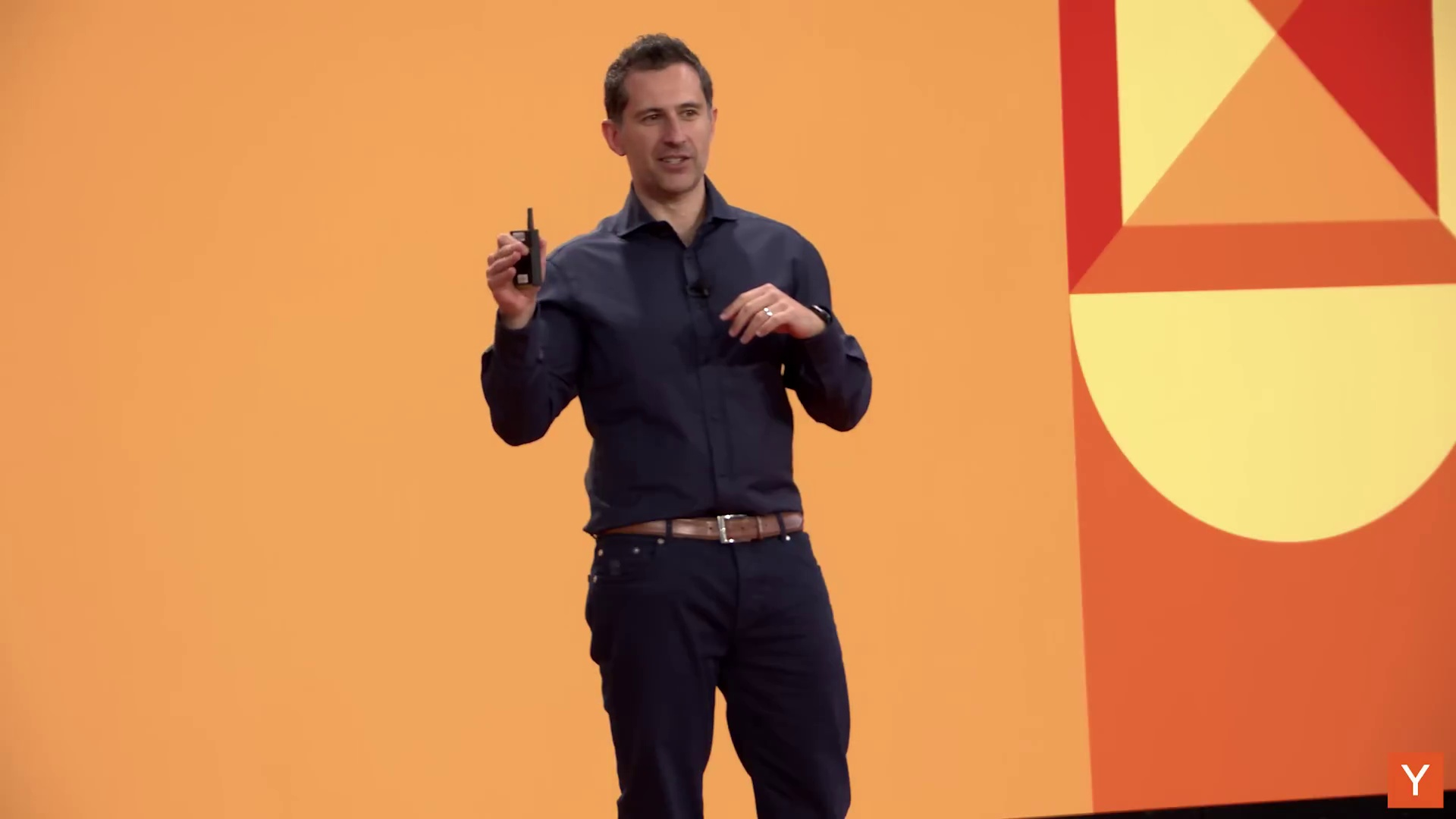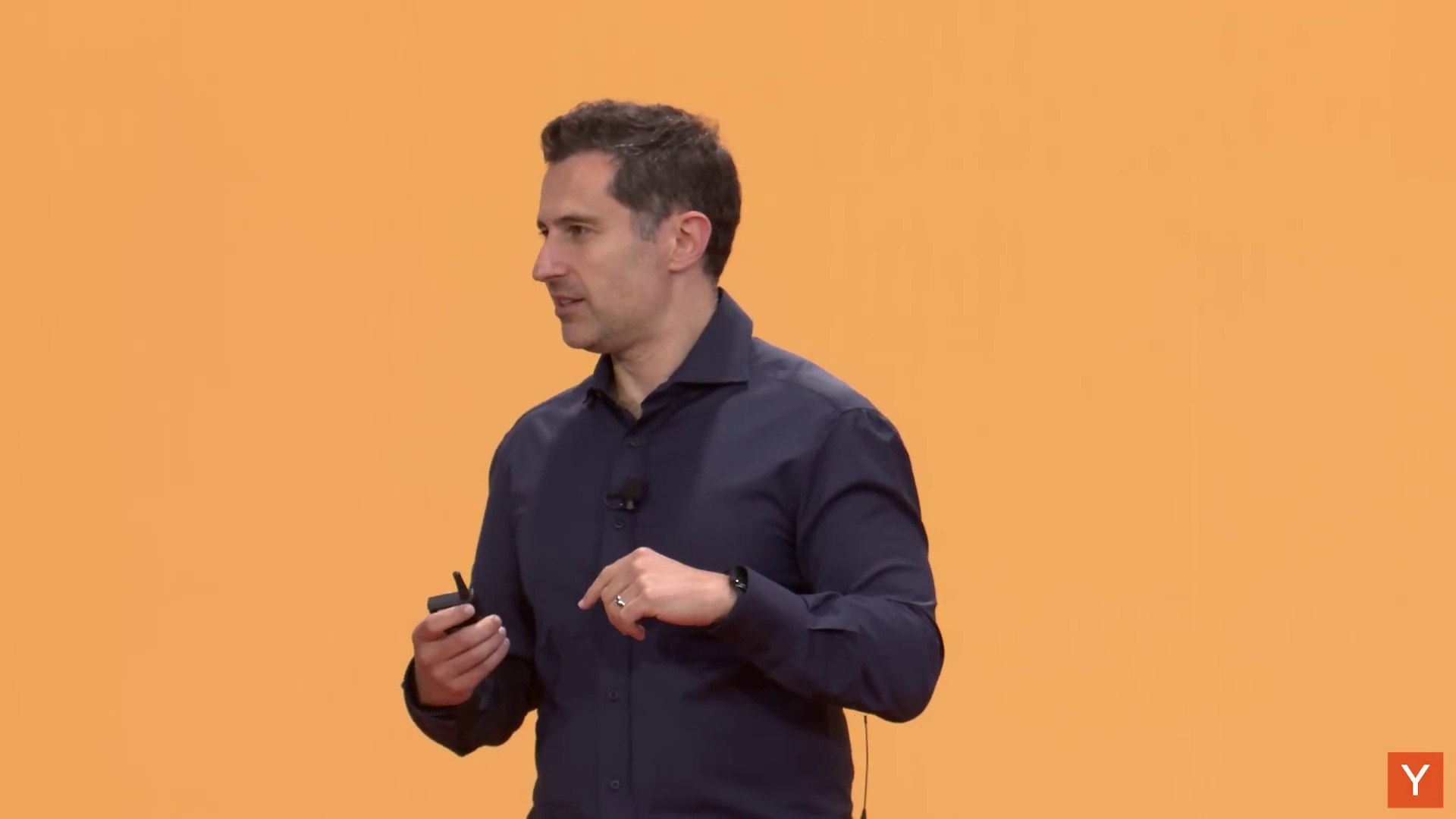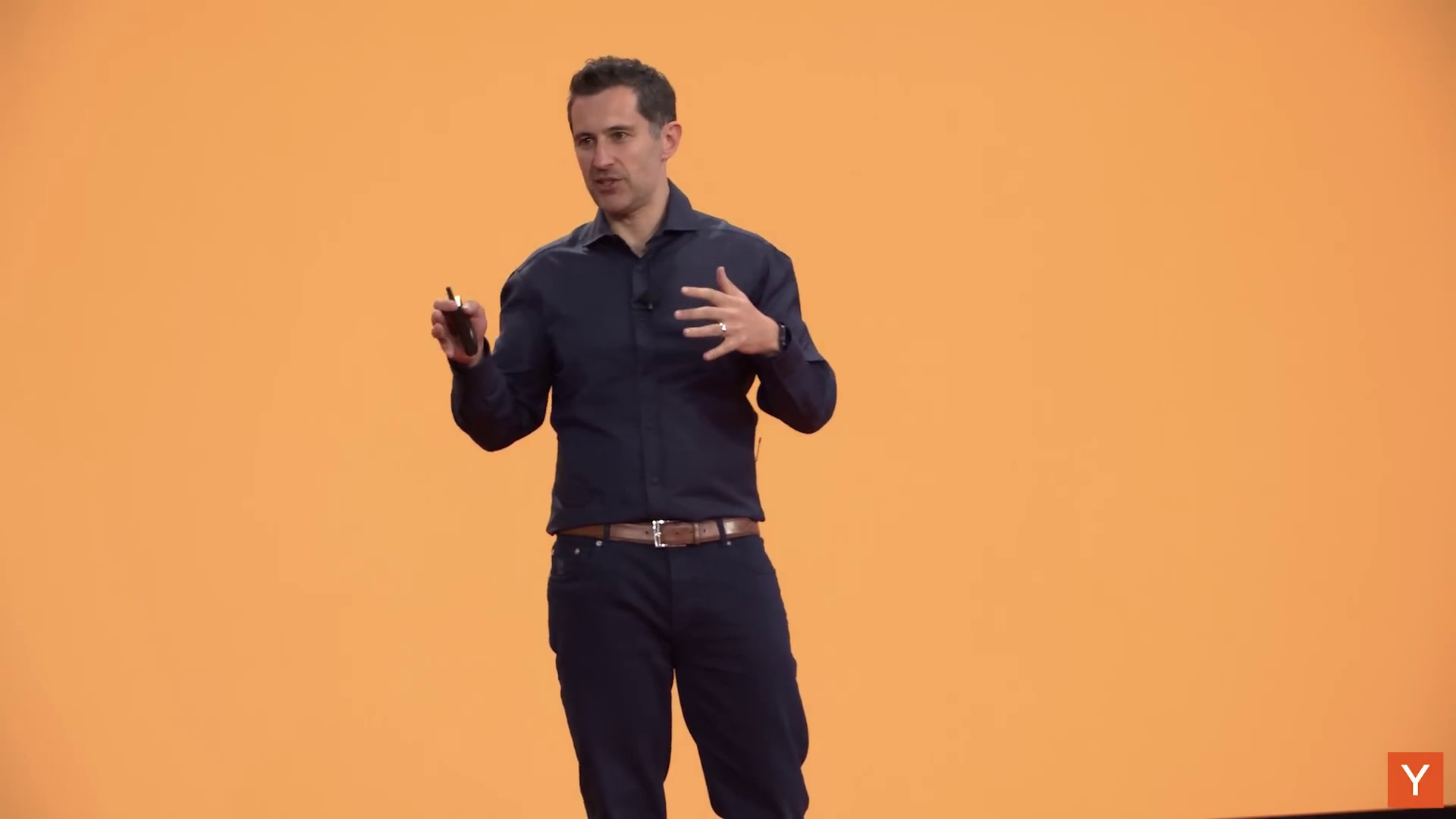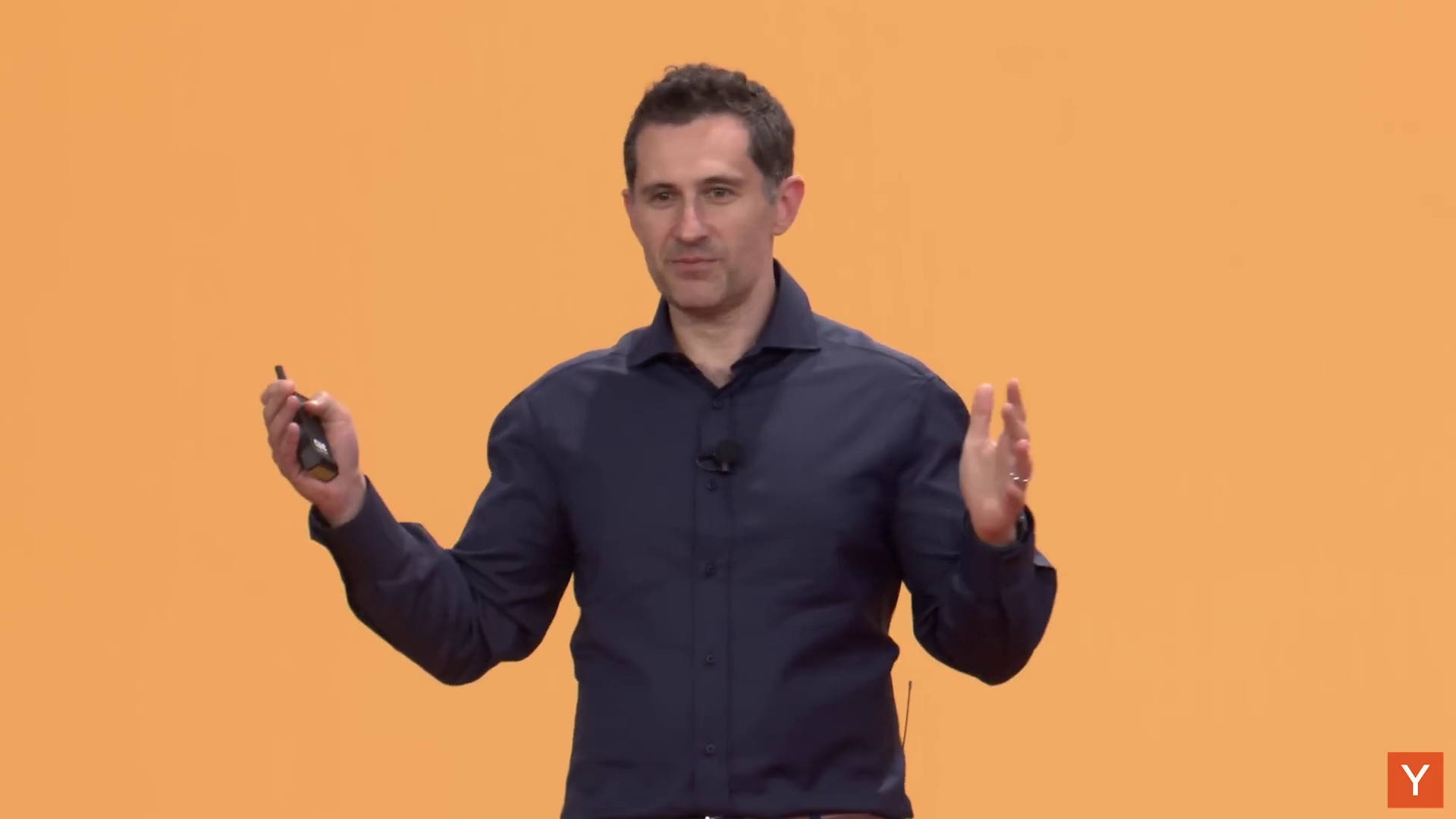The $650M AI Entrepreneur Speaks: Don't Stop at the Demo, Sell "Trust"

Introduction
Casetext, the developer of the AI legal assistant "Co-Counsel," was acquired by Thomson Reuters for a staggering $650 million. The success strategy shared by its founder, former lawyer Jake Heller, is now treated as a "textbook" for many AI entrepreneurs.
However, in the current landscape—where AI development has been radically transformed, superheated by VC money, and defined by fierce competition—is that "textbook" still valid?
Why do so many AI startups get stuck after creating a "cool demo"? Was Casetext's success truly reproducible through strategy alone?
This article will not blindly accept the strategy Heller presented. Instead, it will thoroughly re-evaluate it from the perspective of the harsh realities facing modern AI ventures: employment issues, market shrinkage risks, and price wars.
We will clarify the "one truth" to be learned from his success and the "two dangerous myths" that could lead to ruin if imitated today.
Casetext, the developer of the AI legal assistant "Co-Counsel," was acquired by Thomson Reuters for a staggering $650 million. The success strategy shared by its founder, former lawyer Jake Heller, is now treated as a "textbook" for many AI entrepreneurs.
However, in the current landscape—where AI development has been radically transformed, superheated by VC money, and defined by fierce competition—is that "textbook" still valid?
Why do so many AI startups get stuck after creating a "cool demo"? Was Casetext's success truly reproducible through strategy alone?
This article will not blindly accept the strategy Heller presented. Instead, it will thoroughly re-evaluate it from the perspective of the harsh realities facing modern AI ventures: employment issues, market shrinkage risks, and price wars.
We will clarify the "one truth" to be learned from his success and the "two dangerous myths" that could lead to ruin if imitated today.

The Origin Story: "Unbelievable Inefficiency" Was the Beginning
The origin of the $650 million exit lies in founder Jake Heller's unique career. He was originally a natural-born "coder" who had been writing code for as long as he could remember.
However, he was drawn to the world of law and policy, leading him to law school and the start of a career as a lawyer on a conventional "elite" path.
What he witnessed there was the reality of an "old industry" untouched by technology. "The first thing you find out when you go to one of these old professions like law or finance is, 'I cannot believe that they were doing it this way,'" Heller recalls.
What was so bad? He was confronted with the reality that despite dealing with vast quantities of documents and case law, the technology to process them was pitifully weak. Legal research, the core of a lawyer's job, was the height of inefficiency, with brilliant lawyers wasting enormous amounts of time on analog tasks and low-precision searches.
How did this lead to development? For Heller, a "person who builds things (a coder)," this inefficiency appeared as a "clear problem to be solved with technology." He immediately abandoned his legal career and founded Casetext in 2013.
The initial mission was to apply AI (then called "natural language processing" or "machine learning") to the legal field to make lawyers' work more efficient. The focus was particularly on dramatically improving inefficient "search."

The Fateful Pivot: A Fresh Start from $20M in Revenue
Casetext had been conducting deep AI research in the legal field for many years. As a result, in the summer of 2022, they received a golden opportunity: early access to GPT-4.
At the time, Casetext was by no means struggling. It was already a successful business with $20 million in revenue and about 100 employees.
However, upon interacting with GPT-4, Heller intuited that this was not a mere "search improvement" but a revolutionary technology that would fundamentally overturn the entire industry.
It was here that he made a bold decision that is difficult for most people to comprehend.
"We stopped everything that we were doing."
He decided to halt his existing, stable business and bet the company's future on this new technology. The AI assistant for lawyers, "Co-Counsel," was developed from scratch based on this decision.
This risky, "abandon everything" pivot was the decisive moment that transformed Casetext from just another "successful SaaS company" into a "flag-bearer of the AI revolution acquired for $650 million."

Part 1: Idea Selection - The Double-Edged Sword of Targeting "Human Jobs"
Heller points out that the AI paradigm shift has overturned the conventional wisdom of idea selection.
A famous teaching from Y Combinator is to "make something people want." However, it was traditionally very difficult to know what that was.
"The new normal in the AI era has made this dramatically easier," he says. "The successful ideas are already visible. It's 'the work that people are already paying other people to do.'"
For an entrepreneur, this is a highly rational and powerful strategy. The market need is already proven in the clear cost of "salaries," and customers (companies) are already accustomed to paying for that task.
However, this strategy is simultaneously two sides of the same coin as "destroying existing employment," and we cannot turn away from that stark reality.
Heller categorizes the areas ventures should target into three types:
- Assistance: Dramatically streamlining the work of professionals (lawyers, accountants).
- Replacement: The AI takes on the task itself, or the job itself (e.g., an AI law firm).
- The Unthinkable: Executing tasks that were previously impossible due to cost (labor).
As the word "Replacement" particularly shows, the success of this business model inherently threatens the livelihoods of the people who have been doing that work.
"The order of magnitude of the Total Addressable Market (TAM) you can target has changed," Heller emphasizes. He claims the market to target isn't a $20/month SaaS fee, but the "total salaries" of lawyers and consultants—thousands of dollars per month—a market that is 100 or 1,000 times larger.

This perspective vividly illustrates the size of the business opportunity, but at the same time, it implies the risk that the lives of countless people earning those "salaries" will be replaced by AI.
Sidebar: The "Beautiful Future" Vision and the Questions That Remain
Of course, Heller is aware of this dystopian "job-stealing" argument. But he counters it head-on, calling it a "beautiful future."
"The job of 'lamplighter' disappeared, but humanity was liberated into a new stage of electricity. Similarly, AI will achieve the 'democratization of access' to professional services. The best legal advice, previously accessible only to the wealthy, will become available to everyone at a low cost," he says, sharing his vision.
This vision is certainly appealing. But it's also true that many experts have raised serious concerns and criticisms about this optimistic view of the future.
First is the problem of "transitional pain." Doesn't the "lamplighter" analogy oversimplify the decades of adjustment, structural unemployment, and pain that many people experienced? The speed of change from AI is far faster than past industrial revolutions, and it's not guaranteed that opportunities for retraining and re-employment will be given equally to all.
Second is the problem of "wealth redistribution." Will the massive profits generated by AI's cost reductions and efficiencies truly be returned to society in the form of "democratization"? Or will they become concentrated in the hands of a few capitalists and AI platform providers, further expanding economic disparity?
Heller's strategy is undoubtedly one of the shortest paths to success in the AI business. But at the same time, it confronts us with the most complex question of the AI age: "a successful business is not necessarily good for society as a whole, at least not in the short term."

Part 2: How Modern Ventures Should Actually Build - Why 90% of AI Apps Die at the Demo Stage
The biggest dividing line between success and failure for an AI venture, Heller asserts, is "Reliability."
"Too many developers build a 'cool demo' that is 60-70% accurate and stop there," he points out. It might get VCs excited and even land some seed funding or a few pilot contracts. But it's unusable in practice.
So, how do you build "reliable AI"? Casetext executed a simple but grueling 4-step process.
- "Dissect" the Professional
You must thoroughly understand, "What does the best professional in this field actually do?" Heller's deep domain knowledge from being a lawyer himself became a decisive advantage here. - Deconstruct the Workflow
Imagine, "How would the best professional operate if they had infinite resources?" and break the task down into detailed steps (search, review, verification, etc.). - Implement (Code vs. Prompts)
Instead of letting the AI do everything, judgments requiring human intelligence are turned into "prompts," while deterministic processes are "regular code." This is a pragmatic decision: "Prompts are slow and expensive." - Obsessive "Evals" (Evaluations)
"This is the key to success, and it's the thing almost nobody does," Heller passionately explains. The goal is to create an objectively gradable test set (at least 100 cases) and aim for "97% accuracy."
His obsession with product development is encapsulated in this single question:
"Are you willing to spend two sleepless weeks working on a single prompt to get it right?"
"Most people give up at 60% and say, 'AI just can't do this task.' They give up again at 61%. But the only ones who succeed are those who tenaciously keep adjusting."
This attitude doesn't change after releasing a beta to customers. "Your customers are going to do the dumbest shit with your app. That 'failure case' is a goldmine," he says. Casetext added every one of those failures to their test suite and iterated relentlessly.

Part 3: AI-Era Marketing - The Light and Shadow of the "Best Product" Myth
Finally, how to sell. Heller shared a powerful philosophy born from his own experience.
"Your Series A and B VCs might tell you that sales and marketing are the most important thing. I don't think so," he asserts.
"We also struggled with sales when we had a mediocre product. But the moment we had an awesome product (Co-Counsel), everything changed. Our salespeople became 'order takers.' Word-of-mouth and news brought us customers for free. The best marketing is a fucking amazing product."
This "product-is-king" belief sounds like gospel to many engineer-founders. It is true that Casetext captured the market in the specialized legal field with an overwhelmingly superior product at an early stage when there was little competition.
However, generalizing this success story ignores the harsh realities of the current AI era.
- The "Trap" of Pricing Based on Value (Salary)
Heller says, "You should design your price based on the 'human salary' you are replacing or assisting (e.g., $500/month)." This may be an effective strategy for early market entrants.
However, this "Total Salary = TAM (Total Addressable Market)" theory contains a structural contradiction.
As noted, the arrival of AI has led to a flood of startups in the same categories (AI legal, AI accounting, etc.). They are all targeting the same "total salary" market. As a result, fierce price competition is inevitable.
Since the purpose of AI adoption is cost reduction, customers will naturally choose the "cheaper" AI service. A high price point based on "human salary" will become unsustainable as commoditization progresses.
In other words, the more AI spreads, the more the "total salary" pie itself shrinks due to AI, and what's left of that shrinking pie is fought over by countless competitors. The market value itself is at high risk of rapid decline. - You Can Bridge the "Trust Gap," but Not the "Competition Gap"
Heller says, "Win trust by proposing a head-to-head 'Human vs. AI' comparison." This is effective for initial customer acquisition.
But the real challenge facing modern AI ventures isn't just "customer trust." It's "feature commoditization" against competitors using the same base LLMs (like GPT or Claude). Even if you have the "best product," it is extremely difficult to maintain that advantage. - The "Pilot Revenue Trap" and the "VC Overheating Trap"
Heller warns of a "mass extinction event" where pilot contracts fail to convert to real revenue.
However, the real "mass extinction event" is about to happen elsewhere: the market's self-destruction caused by "VC overheating."
VCs are currently mesmerized by the massive (but perhaps illusory) TAM of "total salaries" and are making duplicate investments in the same categories. But they will eventually realize that investment recovery is impossible as price wars drive down market value.
At that point, VCs will abruptly tighten their belts, and a cruel bifurcation will begin between the companies that secured funding and those that did not.
Is it possible that Heller's beautiful myth of "no sales needed, product-first" was just a "delusion from a special time," propped up by abundant VC funding in the market's initial phase?
From now on, the companies that truly survive may not just be those with the "best product," but those with the massive capital and gritty sales force to fight and win a war of attrition defined by price and marketing.
Casetext's success story should be seen as a rare case of bringing the "right product" to market at the "right time." It does not provide a direct answer to the question of "what happens next?" that future AI startups will face.
Heller's words, "Your product isn't just the pixels on the screen. It's the entire experience," are true. But we are entering an era where the power of the product alone is no longer enough to deliver that "experience" to customers and keep them using it.

Conclusion: The "One Truth" and "Two Time Bombs" to Learn from $650M
The strategy derived from founder Jake Heller's harrowing experience is a brilliant success story from "Act One" of the AI revolution.
However, it is far too dangerous for an AI venture in 2025 or beyond to blindly accept the "three principles" he presented. Based on the analysis in this article, we must re-evaluate his principles.
- The One Truth: Building Reliability Through Obsessive Evaluation
There is one, singular truth he spoke that transcends time. That is: "Don't be satisfied with a 'cool demo'; win reliability through 'obsessive evaluation.'"
As AI becomes commoditized, thin "LLM wrappers" will be eliminated. The hard work Heller described as "two sleepless weeks"—deeply dissecting professional workflows and translating them into code and obsessive "evals"—is what creates the decisive gap in "reliability" between you and your competitors. - The First Time Bomb: The Illusion of "Human Salaries = TAM"
Heller's first principle, "Target the massive market of 'human salaries,'" has now transformed from a success strategy into a "time bomb."
He succeeded with this strategy because he was at the "right time" when the market was untapped. Today, that "massive market" is flooded with countless competitors, backed by overheated VC money.
Since the goal of AI is cost reduction, this market will inevitably enter a fierce price war, and the market size (TAM) itself will shrink at the hands of AI. This is no longer a "blue ocean"; it should be called a "bubble," destined to burst from the gap between VC expectations and reality. - The Second Time Bomb: The Collapse of the "Best Product" Myth
The third principle, "Sell 'value' and 'trust,' not 'features,'" and its corollary, "the best marketing is the best product," has also become a dangerous myth in the modern era.
Unlike when Casetext succeeded, today all competitors use the same base LLMs, and the gap between "best products" is rapidly closing. The era when "if the product is good, you don't need sales" is over. A war of attrition has begun, where the only survivors will be those who can take that "reliable product" and sell it with overwhelming capital and a relentless sales force.
Heller's $650 million figure is proof that his approach was correct "in the past."
We, who are now taking on the challenge of AI, must learn only from his "obsession with development." We must build a new strategy from scratch to survive a completely different battlefield—one of market saturation and price wars—that he never had to face.






